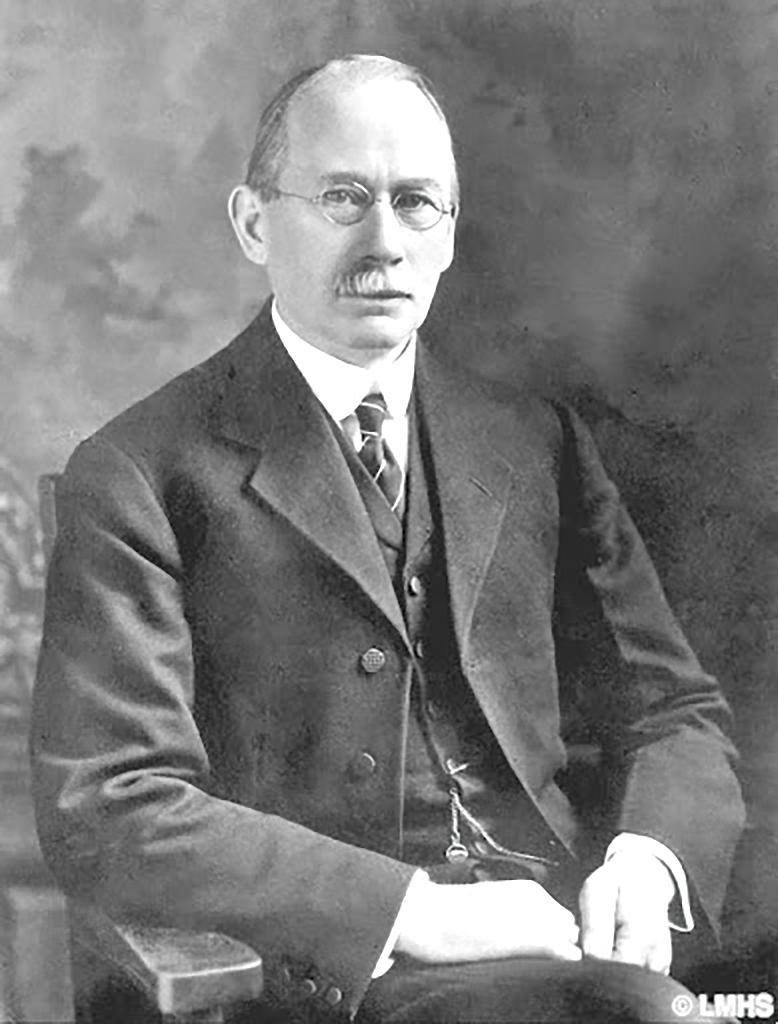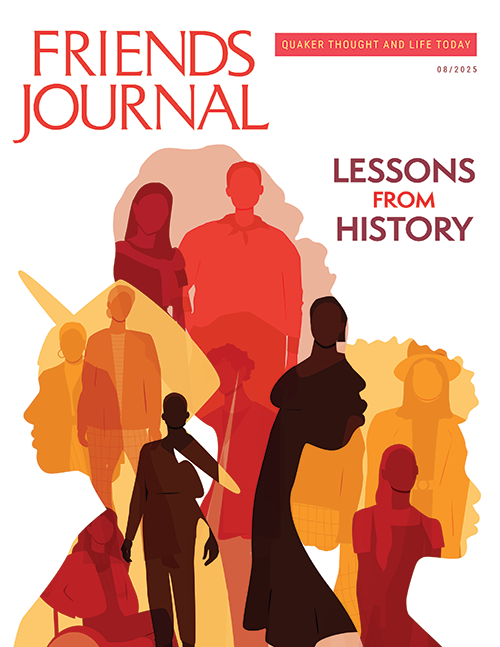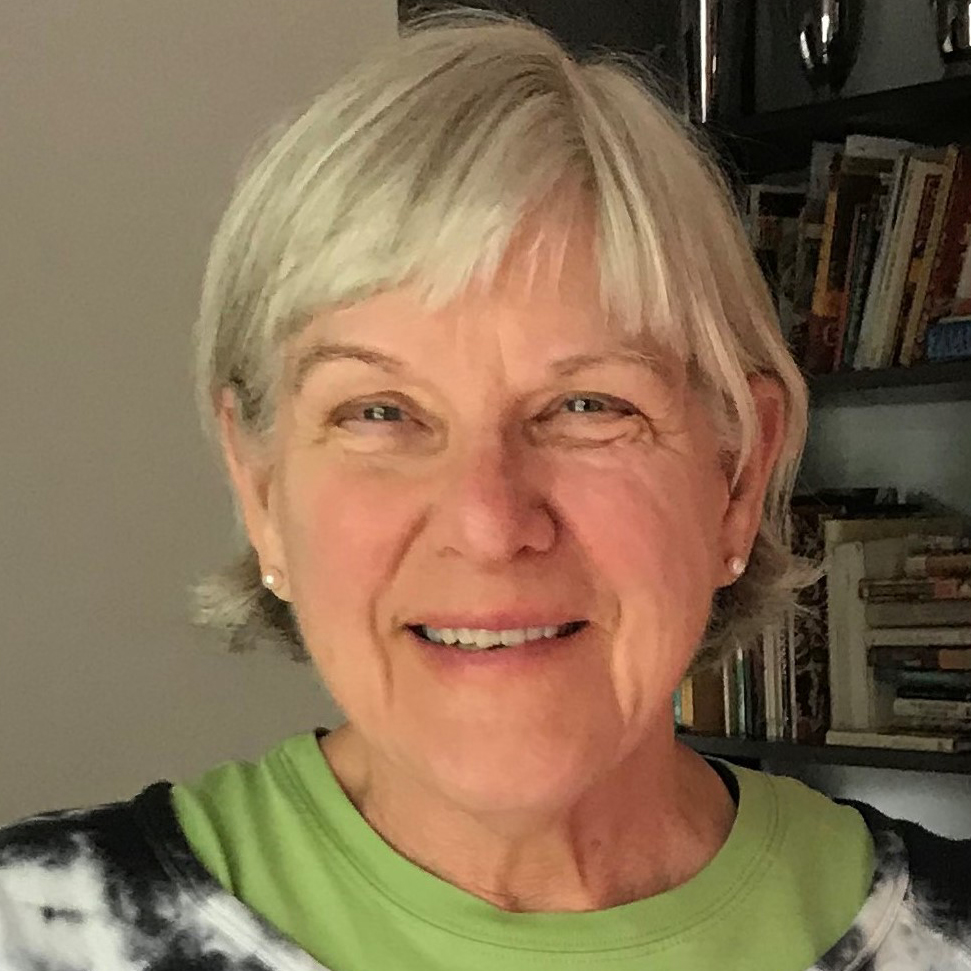How Rufus Jones Recovered His Lost Radiance
What I miss most in our present-day Christianity with its confusions and controversies is the spirit of serenity, of gentleness, of simplicity, of tenderness and grace, that love which suffers long and is kind, that depth and power of sacrifice which were so marvelous in the life of Jesus. An ounce of that spirit weighs more than a ton of abstract doctrine.
—Rufus Jones, “Recovery of the Lost Radiance,” collected in The Testimony of the Soul, 1936
In a somewhat-obscure 1936 published lecture called “Recovery of the Lost Radiance,” Rufus Jones, known for his numerous essays on doctrine, played down theology in favor of the gifts of the Spirit that were characteristic of early Christians. In that chapter and in an earlier essay called “Why I Enroll with the Mystics,” Jones described a turning point in his life, a time when Spirit restored his lost radiance, renewed his sense of purpose, and revived his vitality. His words remind me of the story of Jesus’s transfiguration in Matthew 17: the mundane and ordinary “before” transforms into a Light-filled “after.”
Before
Rufus Jones (1863–1948) came of age in the final decades of a Victorian culture characterized by repression and fear. Sigmund Freud, a psychologist and philosopher of the time, thought that the driving forces of Victorianism were the repression of natural instincts and fear of public shaming because of sexual impropriety, financial failure, or immorality. In addition, the culturally dominant ideas of Christian piety made a moral connection between personal virtue and public success.
Conventional Victorian piety was dualistic, with strong oppositions like the body versus the mind, the human versus the Divine, godly behavior versus sinful behavior, redemption versus damnation, and heaven versus hell. Dualism is associated with disconnection between the self and the body; the body is a contemptible meat puppet that carries the head or the soul from place to place. This perspective is still pervasive today. One Friend I know told me: “My spirit wants liberation from my body. I do not pay any attention to my body; it is a physical shell to be cast off. The older I get, the more I think that Spirit wants to be free from the physical.”
As a young man, Jones believed that he had a propensity for sin that, if he gave in to it, would destroy him. He feared his own nature, writing to his fiancée while touring Germany:
I am afraid of myself . . . for I know [I] am so made that I am as it were a compromise between good and evil, if I should once get on the bobsled of sin I should go down the hill clear to the bottom while on the other hand with a light heart and a bright future I can go up as high as I wish.
Excerpts of many of his letters can be found in Elizabeth Gray Vining’s Friend of Life: The Biography of Rufus Jones.
By most standards, Jones lived an accomplished life. He taught philosophy at Haverford College from the age of 30 to his retirement in 1934, influencing many young men of the time, including Thomas Kelly. He was a founder of the American Friends Service Committee, which received the Nobel Peace Prize in 1947 on behalf of Quakers, along with Friends Service Council.
Throughout his life, Jones looked healthy, but he suffered from chronic hay fever, indigestion, and eye problems. He went through periods of depression, self-doubt, and burnout exacerbated by cold, rainy weather. In fact, he used weather metaphors to describe his shifting moods, writing around 1915 from Mount Desert Island off the coast of Maine:
Much harder is the fight with inside weather and more dreary and pitiless are the fogs and east winds of our human spirits…. The fight with stubborn inward weather, the battle with the devil in us, if you will, is the best kind of fighting there is to be done and he who has conquered conditions of inner climate has now the best victories which crown men.
Early in his career, a mystical experience revealed Jones’s leading to interpret the nature of the soul and its relationship to the Divine. However, the revelation gave Jones little relief from his doubts, discouragements, and fears. His biographer, Elizabeth Gray Vining, concluded that to maintain his lifelong optimism Jones had to learn “to live above the level of moods.”
In his 1899 book Practical Christianity, published when he was 36 years old, Jones wrote at some length about mind/body dualism:
In fact, we soon find that it is the man within the visible man that we really care for. It is not the hundred or more avoirdupois pounds of flesh that we love—not the dust wreath—but the SELF that uses this visible form and speaks to us through it…. The body may go to pieces but this spiritual self continues to be what it has made itself by its choices and its loves.
Later, at the age of 51, Jones went through a period of burnout and mental exhaustion, a “nervous breakdown” caused by his feelings of pressure, frustration, and overwork. Jones kept functioning at a high level, but he suffered from psychosomatic symptoms, digestive disturbances, insomnia, and depression. Most disturbing of all was an emotional block now called “selective mutism.” Selective mutism is an anxiety disorder in which a certain situation becomes traumatic and triggers an inability to speak. During this time, Jones continued teaching and writing, but he was unable to speak in meeting for worship or in other religious gatherings. It is unclear from Vining’s biography how long the selective mutism went on.
During this low point, Jones accepted an invitation to give a sermon at a nearby church. He was able to desensitize himself enough to overcome his mutism, but the success was, again, hard-won. Before the scheduled sermon, he went to see the church to try his voice and to estimate the number of people that would be there. He couldn’t sleep the night before, and later, he couldn’t remember how he got to the church. Still, he preached the sermon with a clear voice and felt the appreciation of the audience. He knew that with this accomplishment he had overcome his mutism.
Jones also credited physical labor with helping him overcome his mental exhaustion and burnout. He worked as a volunteer, reconstructing mountain trails. His immersion in nature, his absorption in the flow of a physical task, and the physical exertion and movement itself were helpful in rebuilding his sense of resilience and hope.
Vining used the word “embodiment” when she recounted the continued psychic and emotional toll of maintaining his optimism and energy in the years following:
Whatever the physical or emotional causes of his condition, it is evident that this man who has been to whole generations the embodiment of optimism, radiant serenity and unbounded energy, did not achieve these gifts without enduring deadly discouragements and dismaying loss of power.
Jones’s wholesome embodiment was in many ways nothing more than an emotionally costly charade.

After
In 1922, when Jones was 59 years old, a car knocked him down and left him with a long physical recovery in bed. He wrote the following:
Gradually I began to discover the amazing power of regeneration which living tissue reveals. Forces as gentle as the fall of snowflakes began to operate as though miracles had not ceased. The split and broken bones were woven together again. The ligaments were stretched back and fastened in their old places. The lacerated muscles are healed by some hidden alchemy. The torn skin and contused flesh were made whole by unseen processes. Every broken fiber was regenerated as though nature’s whole business was restoration and renewal.
Crucially, as his body returned to wholeness, his emotions and personality also healed, and he felt a new sense of spiritual embodiment.
It was a long time before I realized that a still deeper miracle had been taking place within me. I cannot quite date the discovery. But it began to dawn upon me that a “restoration” of another sort had gone on. I seemed in a new way to be liberated from fears and anxieties and worries. I had entered into an unexpected tranquility and peace. More than that, I had gained an immense increase of vitality and “vis viva.” Life had become a more joyous and radiant affair than I had ever known.
Jones’s new freedom from anxiety gave him confidence. In “Why I Enroll with the Mystics,” he wrote that he “no longer cared anything about arguments to prove the reality of God, any more than I did to prove the incomparable worth of the human love which surrounded my life as I lay quietly recovering.” After this transformative experience, there were fewer comments about burnout and discouragement in Vining’s biography.
Jones described his spiritual embodiment as organic mysticism, a kind of mysticism as normal as breathing. Organic mysticism was not a philosophical position; it was the knowledge of the underlying truth that verified a philosophical position. It was not emotional, intellectual, or volitional. It was not a peak ecstasy, but it brought with it “fresh springs of life, the inauguration of a sense of mission, the flooding of the life with hope and gladness and the conviction, amounting to a certainty, that God is found as an environing and vitalizing Presence.”
In the transfiguration story in Matthew 17:5, Jesus heard a voice that validated him and his ministry. At the end of his transfiguration story, Rufus Jones embodied a life-changing feeling of unconditional acceptance: In “Recovery of the Lost Radiance,” he wrote:
The sense of belonging—“He is mine and I am His”—makes life feel like a new creation, and the assurance that “God is for us” helps to eliminate the paralysis of fear as well as of pessimism, or of cynicism. There comes a fine union of serenity and adventure.
Spirit had healed the deep contradictions in Jones’s character. His divided will, mind, and heart became unitive, and the result was “increased integration in [his] life, moral fortification, sensitivity of spirit, quickened spiritual vitality, increased tenderness, and heightened power to stand ‘the heavy and weary weight’ of daily toil and grind.”
Rufus Jones had discovered the lost radiance.
Correction: An earlier version of this article misstated the year in which American Friends Service Committee received the Nobel Peace Prize. It was 1947; the organization was founded in 1917. The prize was accepted by Henry Cadbury.





Thank you Barbara for this wonderful article about rediscovery through the life of Rufus Jones. We spend so much time trying to get others to see the way we see that we miss out on so many different perspectives.
I’m reminded that it is the spirit or nature of what one says that is important, and not how they say it, or the words with which they say it, which most likely are not quite there. We miss out on so much when we get stuck up on words, structure, and terminology.
“Everything is permissible for me,’ but not everything is beneficial. Everything is permissible for me, but I will not be enslaved by anything. (1 Corinthians 6:12)”
This life of Rufus Jones reminds me that if we focus more on the process than upon the outcome, we will see with much more clarity, and be on our way of recovering the lost radiance we once had as an unlearned child before we became schooled.
Thank you for this encouraging story of physical, emotional and spiritual regeneration in the life of Rufus Jones. Of organic mysticism and embodiment. It is heartening.